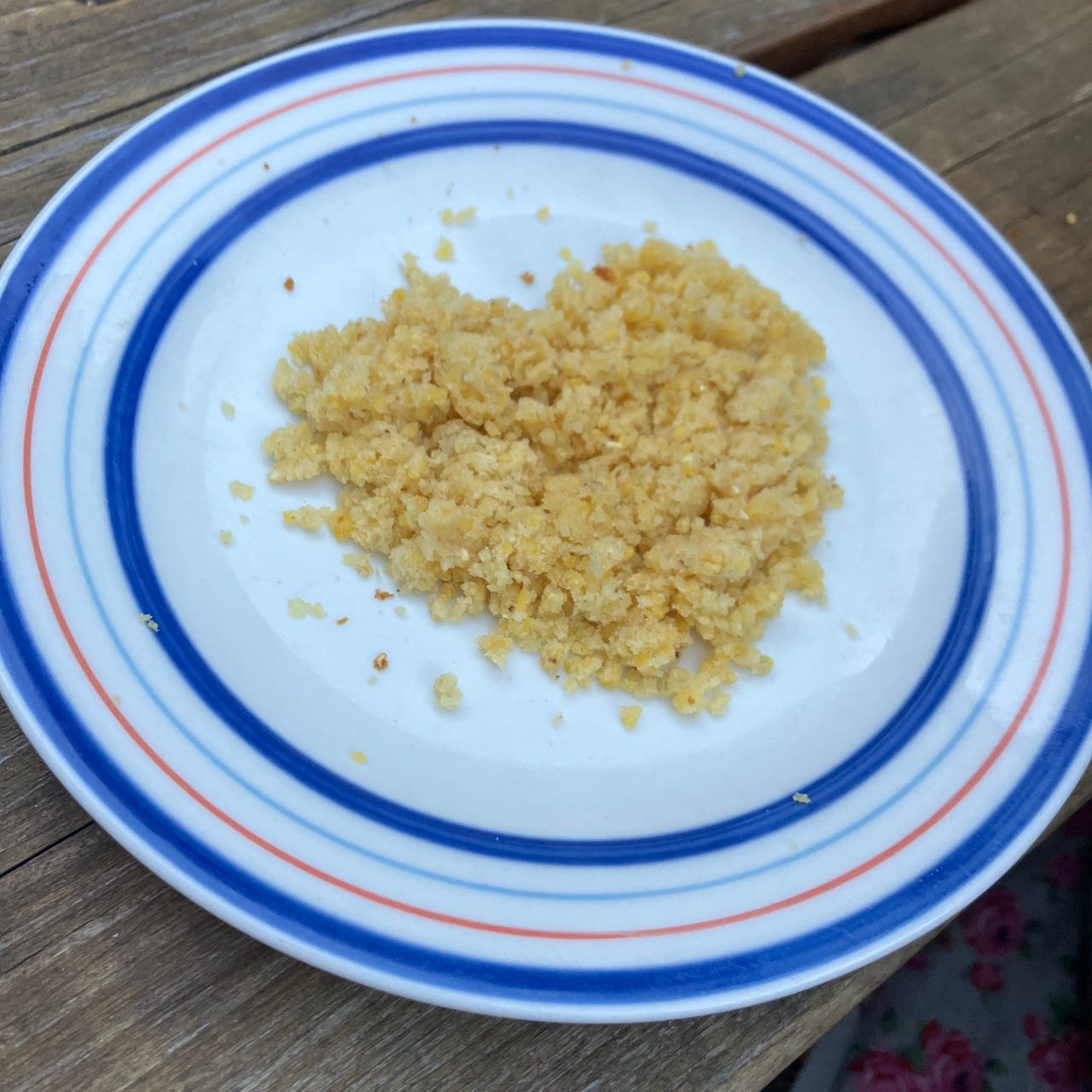Pre-teen Struggles with Consumerism
By the 4th or 5th grade, it is not uncommon for stories from Memphis children to include brand names. Pre-teens care about where they get their sneakers, and which company makes their backpacks. The stories below by 6th-grader Georgia and 5th grader Angela show that this emphasis on status brands is problematic.
Georgia, 6th grade There’s this Girl named Reagan in the other class. She has all the cool clothes, shoes, and jewelry. She looks down on everyone who doesn’t have hollister, abacrombie, american eagle, and all that stuff. I have alot of airwalks because my mom can’t afford real converse. I’m fine w/ that because I think they’re cute. Reagan doesn’t. She always comments on them rudely and looks at them like they’re trash. It gets really anoying! When I wear a hollister sweater, She glears at me like I can’t wear it only she can! Angela, 5th grade It was in 4th grade. A girl in my class named Stephanie started arguing with me because of my sneakers. She was upset that I’m the only one in the class that wears Coach sneakers. She said, ‘Just because you wear Coach sneakers that doesn’t mean you’re better than me.’ But I never even said I was better than her. She just said that because of my sneakers. Its not my fault that I got them. But she was always mean to me and my friends. But I didn’t care what she said. So I wore them again the next day and she was still upset, but I really didn’t care.

Georgia does not depute the ‘cool’-ness of certain brands of clothes, shoes, and jewelry, but she wants to reject those who “look down on everyone” whose parents cannot afford these luxuries. She claims to be happy to wear less prestigious sneakers, but she mentions having several pairs of them, and she reports that she wears (and has a right to wear) an expensive sweater. Georgia may be critical of the cultural values that rank children according to how much their parents spend on their clothes, but she has not escaped this set of values. She wants to be recognized as the kind of person who can wear a Hollister sweater.
Angela is aware that her brand-name sneakers set her apart from others in her class (“I am the only one who wears Coach sneakers”). At least one of her classmates made the assumption that a person who wore that brand considers herself better than others. (Just note, here, that Angela is reporting about what Stephanie thinks Angela believes about Stephanie—impressive other-mindedness.) Angela denies that she considers herself superior and she reports that it is not her fault that she owns such shoes. It is a problem for Angela to have these assumptions made about her character, but she ultimately decides that she does not care about her classmate’s judgment.
I believe that both of these students have some awareness that shallow materialism is dangerous to their well-being, but they need our help in resisting the powerful forces that encourage them to define themselves and one another by how much they spend and by what they consume.
The Christmas Season in North America is especially fraught for those of us who want to engage with children about what they think rather than about what they own or want to own. Lisa Sibbett is a substacker whose Auntie Bulletin has described how she gives experiences rather than things to the children in her life.
She describes a “White Elephant” gift exchange ritual that is designed to undermine the kind of consumerism that Georgia and Angela are struggling to escape. Maybe you have traditions or ‘tricks’ that help the young folks in your life resist shallow materialism. Please share! I believe our children need help with this.



